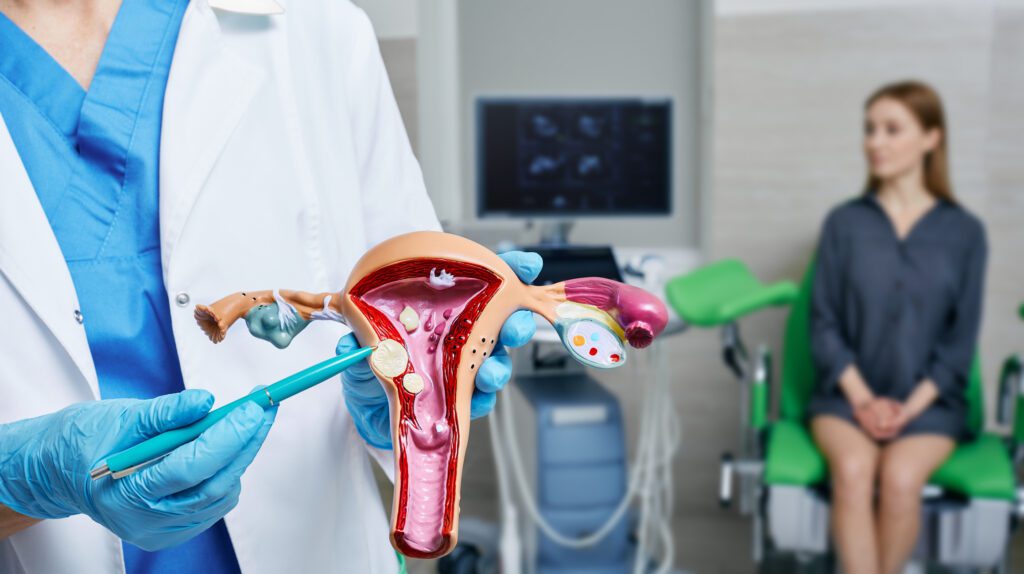How Does Vitamin D Affect Fertility?
Vitamin D deficiency has been associated with a number of fertility problems, including:
- PCOS
- Endometriosis
- Uterine fibroids
- Abnormal sperm function
- Reduced IVF success.
Additionally, low vitamin D levels have been connected to adverse pregnancy outcomes such as:
- Preterm birth
- Gestational diabetes
- Preeclampsia
Vitamin D is also essential for bone health and immune function—both important during pregnancy.
What is a Normal Vitamin D level?
To assess vitamin D levels, a blood test is used to measure 25-hydroxyvitamin D (25-OH D). The Endocrine Society classifies levels as follows:
- Adequate (replete): 30 ng/ml or greater.
- Insufficient: 21 to 29 ng/ml.
- Deficient: below 20 ng/ml
Common Risk Factors for Deficiency
- Limited sun exposure (e.g., living in the Pacific Northwest)
- Darker skin tones
- Aging
- Obesity
- Inadequate dietary intake
Note: A newborn’s vitamin D level is largely dependent on the mother’s status during pregnancy.
The current RDA (Recommended Daily Allowance) for vitamin D is 600 IU for adults.
Ideal Vitamin D Levels for Pregnancy and IVF
A recent systemic review and meta-analysis add to our current knowledge on vitamin D status as measured by 25-OH vitamin D and IVF outcomes. In the January 2018 edition of Human Reproduction, eleven previously published studies were analyzed. This review found a high prevalence of vitamin D deficiency with only 25.7% of patients having vitamin D levels above 30 ng/ml. The authors concluded that women who were replete (25-OH vitamin D > 30ng/ml) in vitamin D were more likely to achieve a positive pregnancy test, clinical pregnancy and live birth with IVF.
However, there is no association observed between vitamin D status and miscarriage.
Past studies have shown mixed results. It has been proposed that vitamin D is important for the embryo to be able to successfully implant and develop within the uterus.
Unfortunately, there are no prospective studies demonstrating that Vitamin D supplementation in women or men with insufficient or deficient levels of 25-OH Vitamin D will result in an increase in the live birth rate. Such studies are still needed. Adequate Vitamin D levels during pregnancy may help prevent complications such as fetal growth restriction, preterm labor, pregnancy-related hypertension (pre-eclampsia) and gestational diabetes.
Key Takeaways: Vitamin D & Fertility
- Test Early: All women attempting pregnancy should test their 25-OH vitamin D levels.
- Aim for 30 ng/mL+: While the optimal fertility level is unclear, >30 ng/mL appears beneficial.
- Supplement before pregnancy: This allows time to reach adequate levels during early gestation.
- Don’t overdo it: The safe upper limit is likely around 60 ng/mL. Excess vitamin D can be toxic.
- It’s safe and affordable: Standard vitamin D3 supplements are widely accessible and low-cost.
- Supplement if you’re low: Typical doses are 2,000–4,000 IU of vitamin D3 daily. Vegans can use vitamin D2 or plant-based D3 from lichen.
- Be patient: It may take 60–90 days to restore healthy levels.
- Take it with food: Vitamin D absorbs best when taken with a fat-containing meal.





